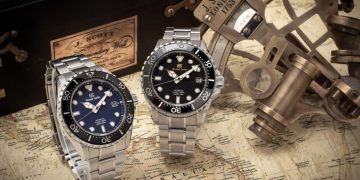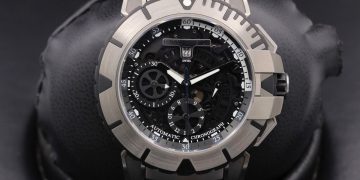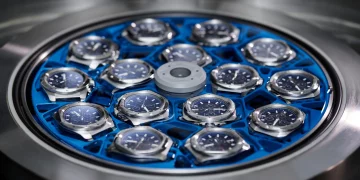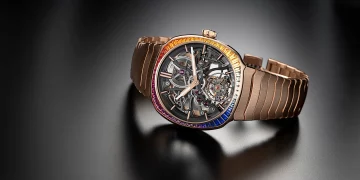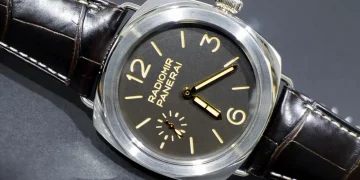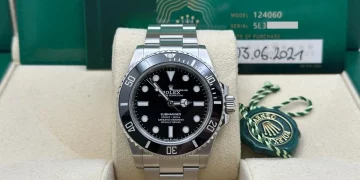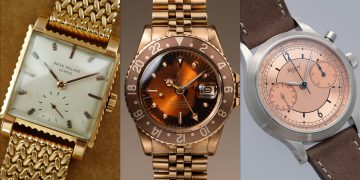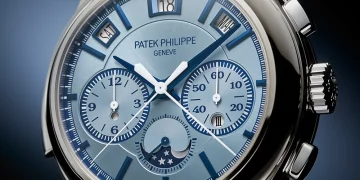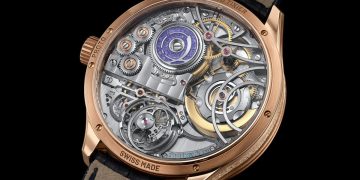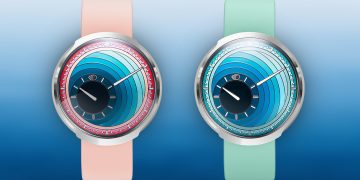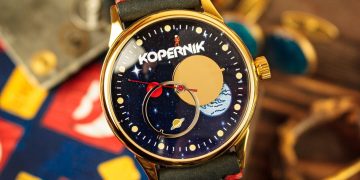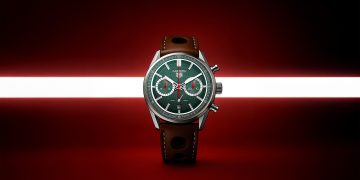Introduction
Luxury watch brands are symbols of timeless elegance, superior craftsmanship, and innovation. These prestigious brands are not just known for their precision timekeeping, but also for their rich history, cultural influence, and legacy. The charm of these watch brands is deeply rooted in pivotal historical events that helped define their identities and their continued relevance in the modern world.
In this article, we will explore the key historical events that have significantly influenced the luxury watch industry, from early innovations to the rise of certain brands and the global events that shaped their designs and reputations. These events have played a crucial role in creating the allure of high-end watches, which blend tradition with cutting-edge technology. Through a journey across centuries, we will uncover the remarkable milestones that have contributed to the unique charm of luxury watch brands today.
1. The Birth of Mechanical Timepieces and the Rise of Swiss Watchmaking
1.1 The Early Development of Watches
The origin of luxury watchmaking can be traced back to the 16th century, with the invention of mechanical clocks. During this period, timepieces were initially made for royalty and aristocrats, as they were valuable and highly symbolic. The very first pocket watches were produced in the early 1500s, with figures like Peter Henlein in Germany and others contributing to the first mechanical timepieces.
- The Role of Swiss Watchmaking: By the 17th century, Switzerland had firmly established itself as a hub for clock and watchmaking, particularly in cities like Geneva, Neuchâtel, and Basel. Swiss watchmaking would go on to dominate the industry and become synonymous with precision and luxury. This laid the foundation for the future success of iconic Swiss luxury watch brands.
1.2 The Shift from Pocket Watches to Wristwatches
The introduction of wristwatches in the late 19th and early 20th centuries marked another pivotal moment in luxury watch history. Originally, watches were carried in pockets, but the shift to wristwatches revolutionized the industry, setting the stage for the modern luxury watch market.
- Influence of World War I: During World War I, soldiers began wearing wristwatches for practicality. The need for a hands-free, easily accessible timepiece became evident on the battlefield. This shift led to the evolution of wristwatches as a necessary tool for both military and civilian use.
- The Advent of Iconic Models: Brands like Rolex, Patek Philippe, and Omega began to craft wristwatches that combined style and precision. These early models were worn by military figures and eventually, celebrities, which significantly boosted their status.
2. The Influence of Innovation and Technological Advancements
2.1 The Introduction of the Mechanical Movement
Swiss luxury brands continued to innovate with the mechanical movement, significantly enhancing the accuracy, functionality, and durability of watches. The development of the automatic movement in the early 20th century, for example, allowed watches to wind themselves through the movement of the wearer’s wrist. This innovation solidified the mechanical movement’s status and led to the proliferation of automatic watches.
- The Importance of Self-Winding Technology: The introduction of self-winding mechanisms by companies like Jaeger-LeCoultre and Rolex in the 1930s made watches more reliable and reduced the need for manual winding. This advancement gave rise to the popularity of the luxury watch as both a functional tool and a piece of status.
2.2 The Quartz Crisis of the 1970s
One of the most significant events in the history of luxury watches was the Quartz Crisis of the 1970s. The rise of quartz technology, pioneered by Japan’s Seiko, posed a direct threat to traditional Swiss mechanical watches due to its affordability, accuracy, and mass production capabilities. Swiss watchmakers were forced to adapt or face extinction.
- Swiss Watch Industry’s Response: Swiss brands responded by emphasizing the unique qualities of mechanical watches that quartz models could not replicate: artistry, craftsmanship, and tradition. Brands like Patek Philippe and Audemars Piguet embraced innovation, but remained loyal to traditional watchmaking techniques, ensuring their place in the high-end market.
- The Birth of Iconic Models: During the Quartz Crisis, Swiss watch brands also developed some of their most iconic models that would go on to define the luxury watch market. Rolex’s Oysterquartz, for example, was a response to the quartz phenomenon but was still a luxury, mechanical-inspired model. This period marked a significant shift in the luxury watch market’s focus on maintaining exclusivity and heritage.
3. The Influence of Iconic Figures and Cultural Events
3.1 The Role of Celebrities and Royalty in Popularizing Luxury Watches
Luxury watches became symbols of status, wealth, and refinement, largely due to their association with prominent figures in society. Celebrities, athletes, and royals have been instrumental in promoting certain brands and models.
- Role of Celebrity Endorsements: Hollywood stars like Steve McQueen, Paul Newman, and Elizabeth Taylor wore specific models of Rolex, Omega, and Tag Heuer, making these watches not only a tool for timekeeping but also a statement of style and success. McQueen’s famous Rolex Submariner in “Le Mans” solidified the watch’s association with the elite.
- Royal Influence: Members of royalty have also been avid supporters of luxury watches. For example, Prince William and Prince Harry have been known to wear Omega watches, while Queen Elizabeth II has been associated with Rolex and Patek Philippe. These high-profile endorsements contributed to the elevation of luxury watch brands into the mainstream consciousness.
3.2 The Space Race and the Evolution of High-Tech Watches
The 1960s space race and the subsequent missions to the Moon also had a profound impact on luxury watches, particularly with the involvement of Omega. The Omega Speedmaster was selected by NASA as the official watch for the Apollo space missions, earning the nickname “Moonwatch.”
- Omega’s Historic Role in Space Exploration: Omega’s involvement in the space race not only showcased the watch’s durability and reliability but also firmly established it as a brand of prestige and precision. This helped Omega become a household name in the luxury watch industry.
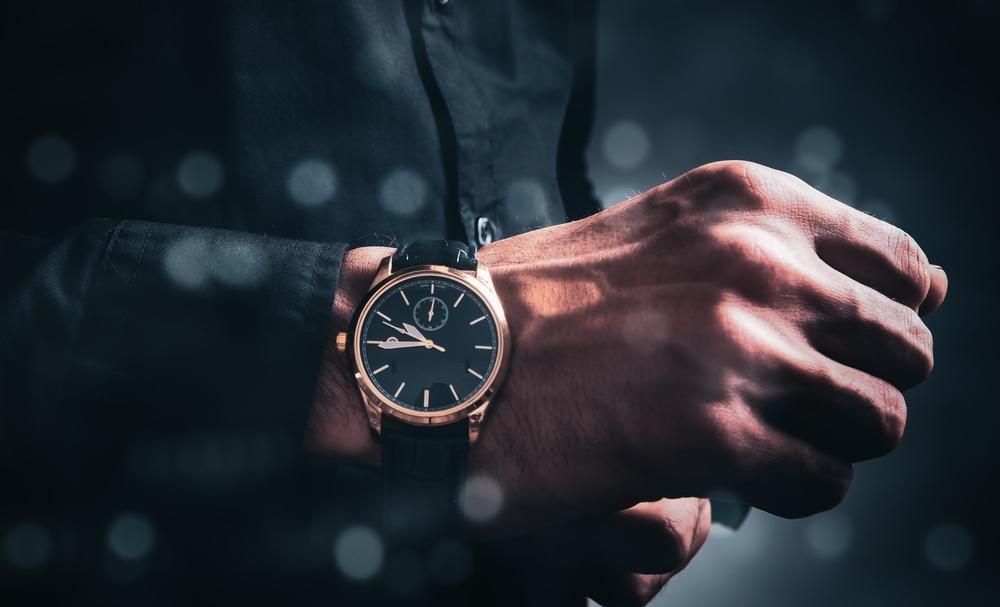
4. The Changing Perception of Luxury and Exclusivity
4.1 The Rise of Haute Horlogerie
In the 1990s, the concept of haute horlogerie (high watchmaking) began to take on greater importance. Swiss luxury brands like Patek Philippe, Audemars Piguet, and Vacheron Constantin emphasized their artistry and craftsmanship, producing limited-edition pieces that showcased their mastery over mechanical movements. These pieces were created for a select few who could appreciate the complex, painstaking work that went into their creation.
- Craftsmanship and Legacy: Brands began focusing more on their legacies and the artisanal nature of watchmaking. Limited editions, use of precious materials like platinum and diamonds, and the introduction of intricate complications such as perpetual calendars and minute repeaters made luxury watches even more exclusive.
4.2 The Globalization of Luxury Watches
The globalization of the luxury market in the 21st century has contributed significantly to the growth of luxury watch brands. As emerging markets like China, the Middle East, and India began to grow in economic power, luxury watches became a status symbol in these regions. Brands expanded their reach globally, and the desire for luxury watches became a cultural phenomenon.
- Cultural Shifts: As more consumers around the world sought luxury watches, brands began to adjust their designs, marketing strategies, and distribution channels to meet the growing demand. This global appeal has transformed the industry, elevating the status of certain brands to new heights.
5. The Impact of Modern Design and Innovation
5.1 The Fusion of Tradition and Innovation
In the 21st century, luxury watch brands have successfully blended traditional craftsmanship with modern technology. The integration of cutting-edge materials like ceramic, titanium, and carbon fiber, along with new innovations in movement technology, has ensured that luxury watches remain relevant in the digital age.
- Role of Independent Watchmakers: Independent watchmakers like Richard Mille and Hublot have revolutionized the industry with bold designs and futuristic technology. Their use of innovative materials and attention-grabbing aesthetics has brought new energy into the world of luxury watches.
5.2 Sustainability and Ethical Luxury
In recent years, the growing awareness around sustainability and ethical luxury has also shaped the future of luxury watch brands. Many brands have started to incorporate sustainable practices into their production processes and focus on transparent sourcing of materials.
6. Conclusion
The history of luxury watch brands is intertwined with numerous events that have contributed to their unique charm. From early innovations in mechanical timepieces to the influence of celebrities, technological advancements, and cultural shifts, each historical event has played a role in shaping the identity and allure of these iconic brands. Today, luxury watches are more than just instruments for timekeeping; they are symbols of heritage, craftsmanship, and exclusivity. As we look forward, these brands will continue to evolve, but their deep-rooted history will always remain a key element of their charm.


